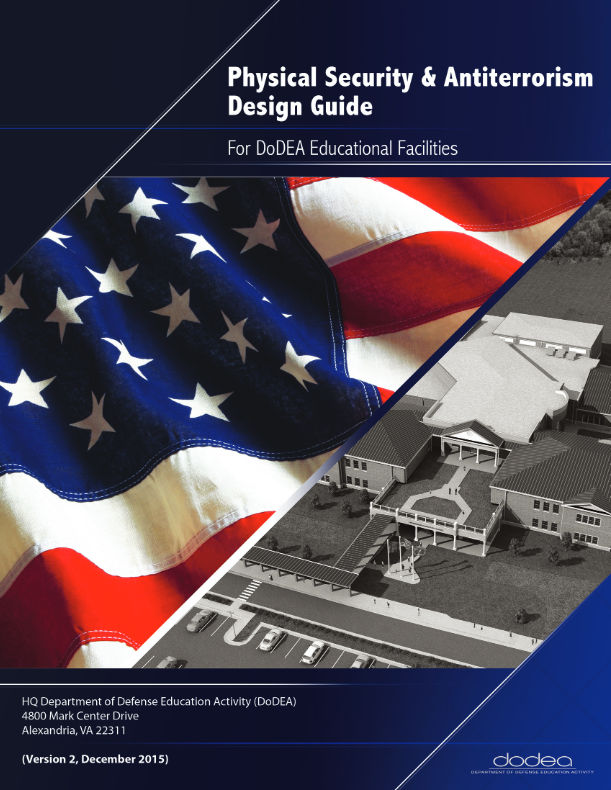I know – I’ve been posting a lot about classroom security lately, but I’ve got to report the news when it happens, right? I’ll get back to some other topics soon. This one crossed my desk last week and I’m wondering if anyone else is aware of it – I admit, I had never run into it before.
When it comes to locking classroom doors with traditional locksets, there are pros and cons to each function. Some school administrators prefer an entrance/office function, so turning the thumbturn or pushing the button will quickly lock the door. Other schools have classroom security locks, so the lock can be locked without opening the door and potentially exposing the teacher to danger, but the lock can only be locked by an authorized person with a key. Many existing locks are classroom function with a key cylinder only on the outside, and some schools have adopted a policy of keeping the door locked all the time, so the door just needs to be closed if there is a problem. When a school has the budget to purchase electrified locks, there are models available that allow remote lockdown so classrooms can be secured quickly. All of these options are covered in this video.
For most schools, the decision on which lock function to use is made by the district or even by the individual school’s administration. In a few states, there are laws or state-wide guidelines which mandate a specific function – usually a classroom security function. What I didn’t realize was that the Department of Defense has issued a set of guidelines for schools called the Physical Security and Antiterrorism Design Guide for DoDEA Educational Facilities. DoDEA operates 166 schools in 8 districts located on military bases in 11 foreign countries, 7 states, Guam, and Puerto Rico, with almost 8,000 educators and more than 72,000 students who are children of military families.
 The DoDEA guidelines include several requirements which affect doors and hardware, including exterior doors that must be secured at all times to prevent unauthorized access and which meet the windborne debris resistance requirements of ASTM E1996 (these doors must allow free egress). Card readers and access-control equipment are also addressed, as well as masterkeying and key storage. The section that caught my eye was the one on lock functions:
The DoDEA guidelines include several requirements which affect doors and hardware, including exterior doors that must be secured at all times to prevent unauthorized access and which meet the windborne debris resistance requirements of ASTM E1996 (these doors must allow free egress). Card readers and access-control equipment are also addressed, as well as masterkeying and key storage. The section that caught my eye was the one on lock functions:
8.9. Interior Door/Lock Requirements: To facilitate isolated lockdowns, all interior, regularly occupied and staffed area doors shall have locking systems installed on hardware capable of single-handed locking and unlocking from the inside without the use of keys or tools (thumb latch). Doors shall be capable of being closed and locked quickly from inside by one person. Locks shall not require the use of a key, tool, or special knowledge or effort for operation from the inside in accordance with the NFPA 101, Life Safety Code, Locks, Latches, and Alarm Device section. Interior doors (to include narrow view glass panels) shall provide a one (1) minute time of delay against forced entry.
These guidelines require doors serving classrooms and other occupied rooms to have entrance/office function locks so they can be locked from the inside without a key. Also note that the locking hardware must be compliant with NFPA 101 – Life Safety Code (no non-compliant security devices allowed). The required delay against forced entry for these doors, including glazing, is 1 minute.
What do you think? Did the Department of Defense get it right?
You need to login or register to bookmark/favorite this content.





I love that they At least have a standard so in that they got it right. I would have liked it better if that had also allowed classroom security function if only under special conditions.
Well,
easier for a miscreant to lock (doesn’t need the key that a classroom security lock needs),
probably more familiar (assuming person knows which way to turn it), and
still unlockable from the outside by someone with a key.
Better than a barricade device, about half- or two-thirds of the way to the level of control of who can lock it.
I would prefer that they use a classroom function lock with the ability to lock the door from the inside with a key. I wouldn’t think it’s a good idea, but maybe a single cylinder deadbolt with the classroom lock so that one could lock the door from the interior without a key.
I’ve recently worked on a military school. The base did not follow these guidelines the base commander didn’t feel they were appropriate. We used a dormitory function lock. His choice.
Hi Rich –
That’s interesting! Thanks for sharing your insight!
– Lori
is the function description for “classroom lock” correct at http://kc.allegion.com/kb/article/what-is-a-lock-function/ ? Seems like it omits the “can lock from inside with a key” part
Hi Joel –
A classroom function lock only has a key cylinder on the corridor side. To lock the door from the inside with a key you need the classroom security function. I contacted someone about the function missing from that list.
– Lori
Lori,
The Classroom Security function has been added to the list, but the font is wrong.
Thanks Nat.
– Lori